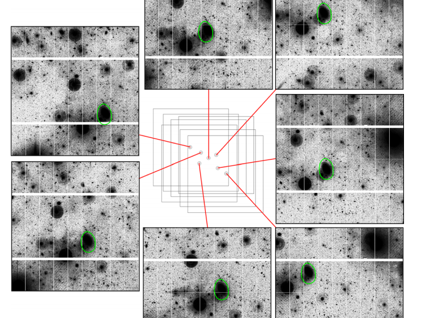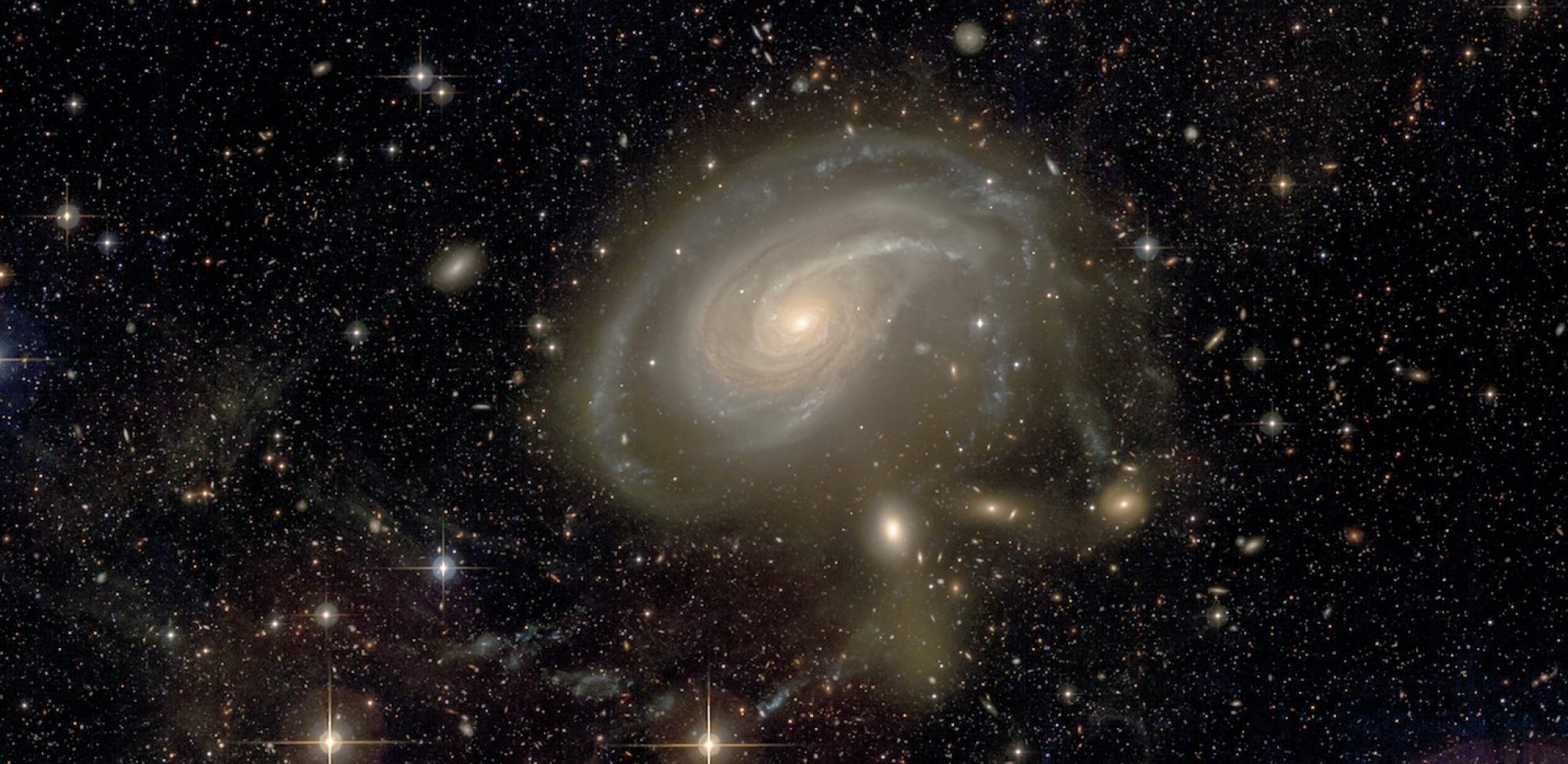
Galactic archaeology based on star counts is instrumental to reconstruct the past mass assembly of Local Group galaxies. The development of new observing techniques and data reduction, coupled with the use of sensitive large field of view cameras, now allows us to pursue this technique in more distant galaxies exploiting their diffuse low surface brightness (LSB) light. As part of the ATLAS3D project, we have obtained with the MegaCam camera at the Canada-France-Hawaii Telescope extremely deep, multiband images of nearby early-type galaxies (ETGs).
We present here a catalogue of 92 galaxies from the ATLAS3D sample, which are located in low- to medium-density environments. The observing strategy and data reduction pipeline, which achieve a gain of several magnitudes in the limiting surface brightness with respect to classical imaging surveys, are presented. The size and depth of the survey are compared to other recent deep imaging projects. The paper highlights the capability of LSB-optimized surveys at detecting new prominent structures that change the apparent morphology of galaxies. The intrinsic limitations of deep imaging observations are also discussed, among those, the contamination of the stellar haloes of galaxies by extended ghost reflections, and the cirrus emission from Galactic dust. The detection and systematic census of fine structures that trace the present and past mass assembly of ETGs are one of the prime goals of the project. We provide specific examples of each type of observed structures – tidal tails, stellar streams and shells – and explain how they were identified and classified. We give an overview of the initial results. The detailed statistical analysis will be presented in future papers.
Published in Duc et al., 2015, MNRAS 440, 120

